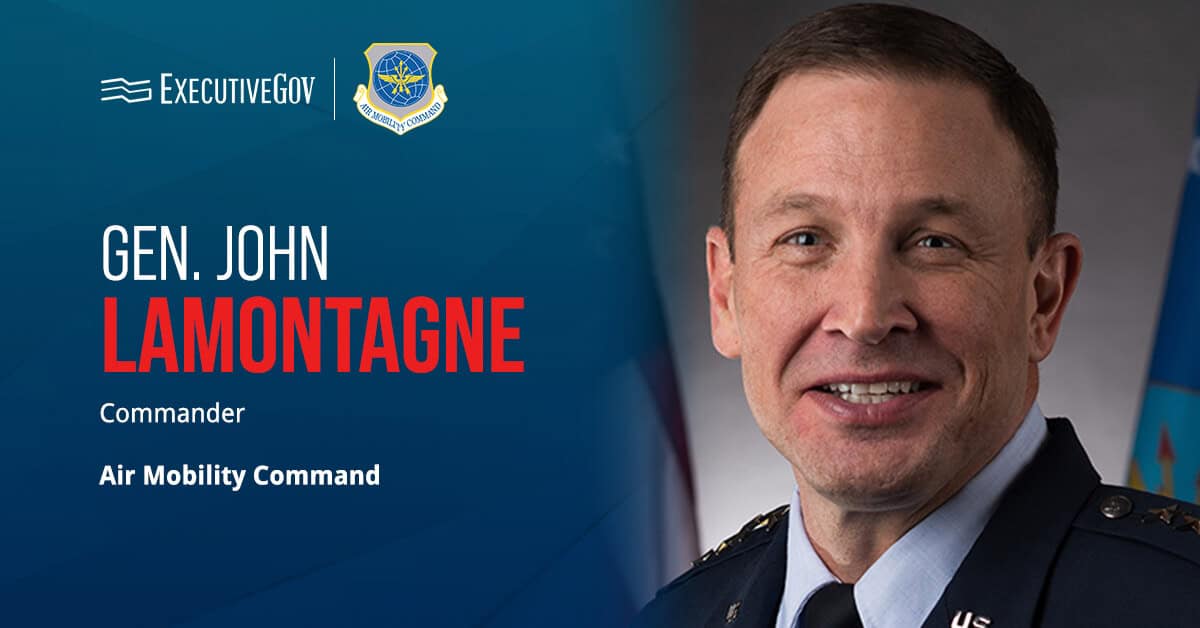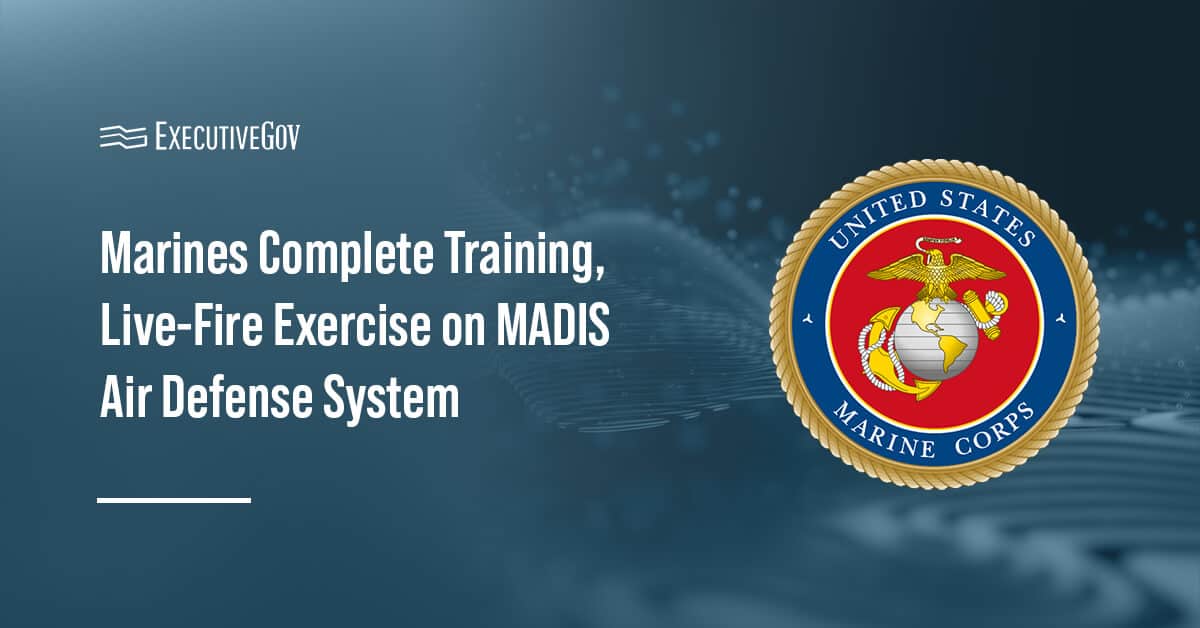 Mark Robbins, acting chairman of the U.S. Merit Systems Protection Board, has been appointed to concurrently serve as general counsel of the Office of Personnel Management, the OPM said Friday.
Mark Robbins, acting chairman of the U.S. Merit Systems Protection Board, has been appointed to concurrently serve as general counsel of the Office of Personnel Management, the OPM said Friday.Robbins served as the agency’s general counsel from 2001 to 2006 and previously held roles at the White House’s Privacy and Civil Liberties Oversight Board and Office of Presidential Personnel.
He also served as general counsel of the U.S. Election Assistance Commission and received the U.S. Army’s Commander’s Award for Civilian Service during his tenure as the State Department’s senior rule of law advisor in Babil Province, Iraq.
Prior to his OPM career, Robbins worked as a litigation attorney in Los Angeles, Calif., and legislative assistant to L.A.-area Congress members.
He has been a fellow of the National Academy of Public Administration since 2013.





